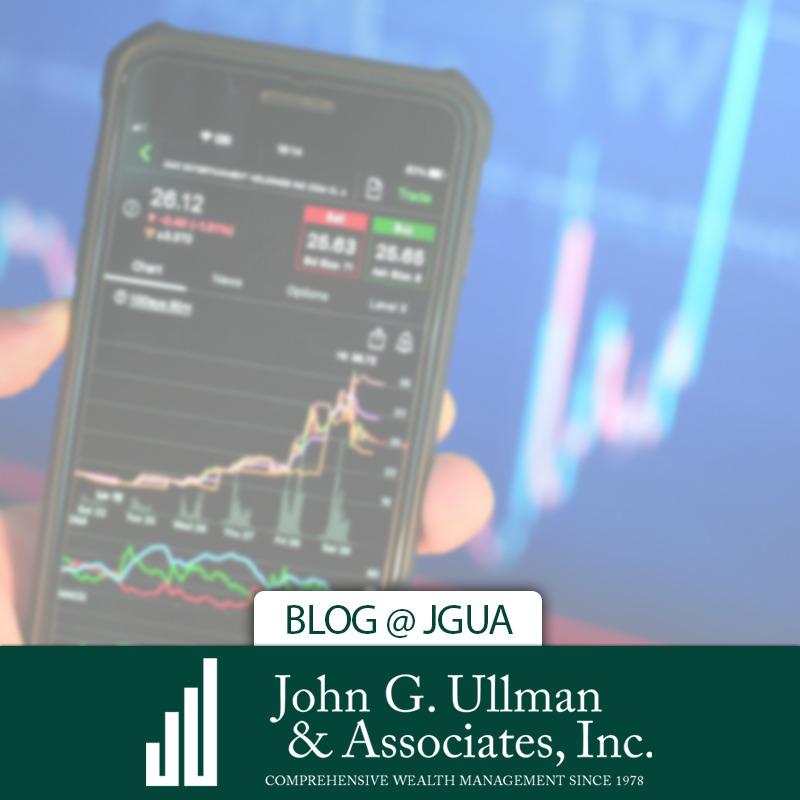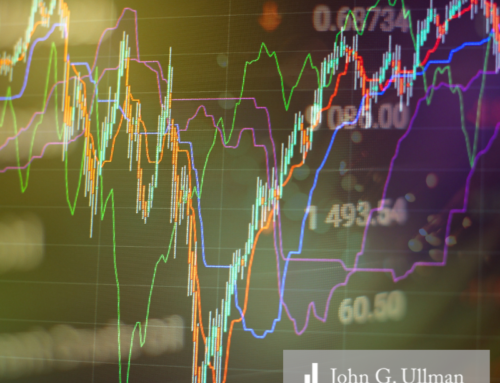Written by Mark Abdalla
In 2020, large Mega Tech companies drove stock market returns. In fact, 70% of the S&P index’s 18% return last year were due to Facebook, Apple, Amazon, Microsoft, and Google (aka Alphabet). This year, returns for these big tech companies have been more volatile. In Q1, they lagged the market while in Q2 they rallied to catch up with the market.
There are two key factors responsible for this year’s market dynamics:
- The expectation for the economy to normalize with the majority of Americans vaccinated
- Increased long-term interest rates in Q1 with fixed income investors anticipating higher inflation rates
The 10-year yield rallied in the beginning of the year on inflation concerns but has come down more recently as fears subsided.
Most of the market (stocks and bonds) sell off when interest rates climb as the cost of capital becomes more expensive.
Staying “short duration” by investing in short-term bonds is one way to protect investments from higher inflation rates. As bonds mature sooner rather than later, they can be reinvested at higher interest rates as interest rates climb. Another way to protect against inflation on the fixed income side is to purchase structured products that are linked to the Consumer Price Index.
Most equities would be under pressure in a higher interest rate environment as investors choose less risky bonds that have gained in yield. However, there are sectors in the stock market that would perform well with rising inflation. Two examples of these sectors are commodity producers and regional banks. Because commodities are priced in Dollars, they gain value when the Dollar depreciates. Regional banks benefit from higher interest rates because they pass this expense onto their customers by charging higher interest on loans. As a result, their loan-to-deposit spread increases.
Higher inflation has been a concern for investors this year, but a decent amount of inflation is a sign the economy is doing well. In situations when the economy overheats with much higher consumer prices, investors need to take caution against a higher interest rate environment that would both cool the economy and correct the market.







